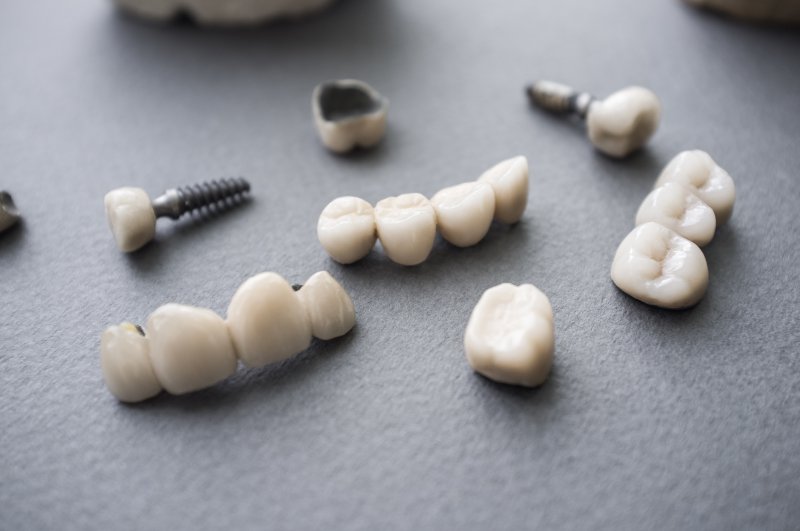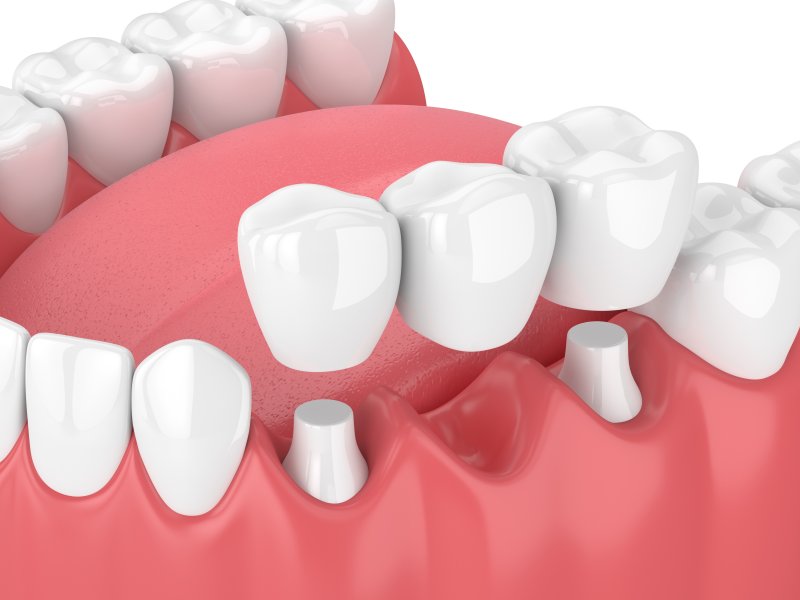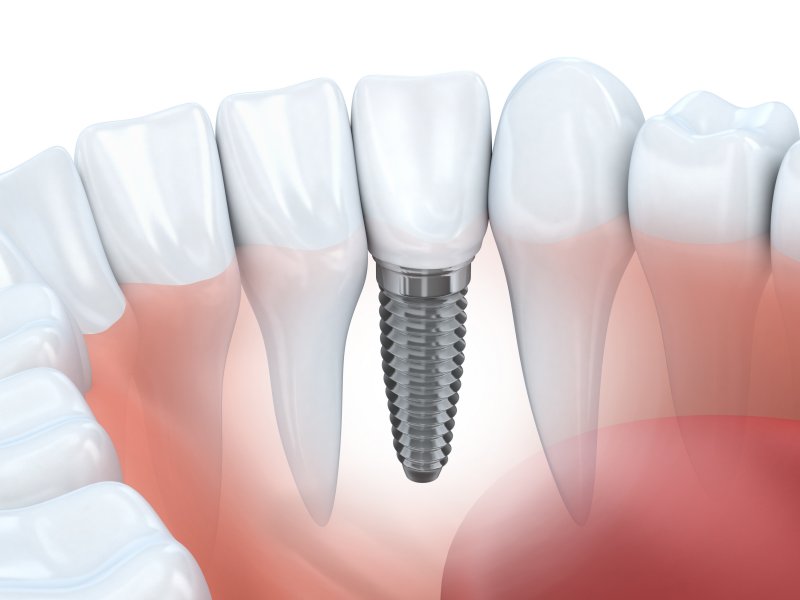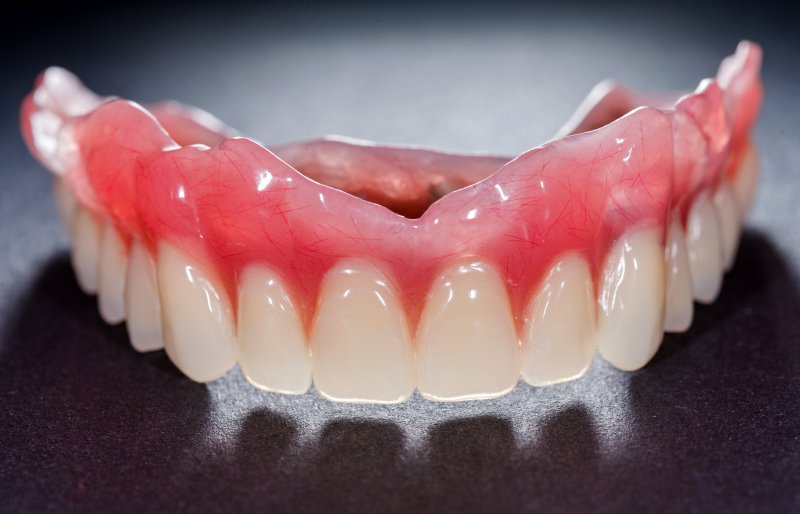
Tooth loss is never easy, regardless of the number of teeth you’re missing. Not only does chewing and speaking become considerably more difficult, but your neighboring teeth will shift into the open spaces left behind. This carries major implications for your oral health.
Thanks to advancements in dentistry, replacing missing teeth with bridges has become the official standard. However, even more advanced solutions like dental implants in Frisco are available as well. The first question is not so much “should you replace teeth,” but rather “how.”
Bridges and Dentures to Replace Teeth

Dental bridges consist of a metal (or white zirconia) frame, with tooth colored porcelain stacked on top of it. The dental bridge consists of adjoining teeth (known as abutments) that connect to the missing space (known as a pontic). The dental bridge is cemented in to the mouth, similar to that of a traditional dental crown. For those with multiple missing teeth on both sides of the arch, or those who are missing all their teeth in a given arch, dentures provide an effective and affordable solution. The denture consist of either a metal or acrylic plate fitted with porcelain crowns. Depending on the upper or lower jaw, the denture will hug your roof of the mouth or your lower gum and jaw to stay in place. However, denture adhesive will be needed in order to keep it in place as you adjust to wearing it daily.
How Dental Implants Take Tooth Replacement a Step Further
Bridges and dentures rebuild your smile and prevent neighboring teeth from shifting, but they don’t address all of the issues of tooth loss. That’s where dental implants differ. Dental implants consists of three parts: a titanium screw (known as an implant or fixture), a porcelain crown, and a connector that attaches the two together (known as an abutment).

Not only are implants more reliable for daily use, but they feel and look the most natural compared to your original teeth. Titanium has been proven to safely integrate with your body’s existing structures and remain healthy for many years. The implant acts as the root replacement, therefore providing a stronger and more stable replacement than other methods. This integration allows for a stronger biting force and easier maintenance. Since a dental bridge is one piece, flossing is more difficult. Proper oral hygiene will require something to thread floss underneath the bridge, dental implants do not require extra home care products.
Jaw Bone Preservation
The moment a tooth is lost, the jaw bone and surrounding gum tissue responsible for holding it in place begins to break down. This process is called bone remodeling and it consists of unnecessary bone dying away (resorption) in order to properly heal the jaw bone. Keep in mind that this process not only affects the tissue where the previous tooth was, but also the neighboring teeth as well. The chances of tooth loss increases in patients with multiple areas of missing teeth, which is why dental implants are often recommended for missing teeth. Other options may be affordable, but they don’t address the long-term issues associated with tooth loss.

The best way to choose a method for replacing teeth is by visiting a periodontist in Frisco. Schedule an appointment today to learn which option works best for you!
About the Author
Dr. Zachary A. Carnow earned his dental degree from the University of Pacific Arthur A. Dugoni School of Dentistry. Since then, he’s completed a one-year implant residency through the Loma Linda University School of Dentistry and received specialty training in Periodontics at the Tufts University School of Dental Medicine. To learn more about his practice, you can contact him through his website.
